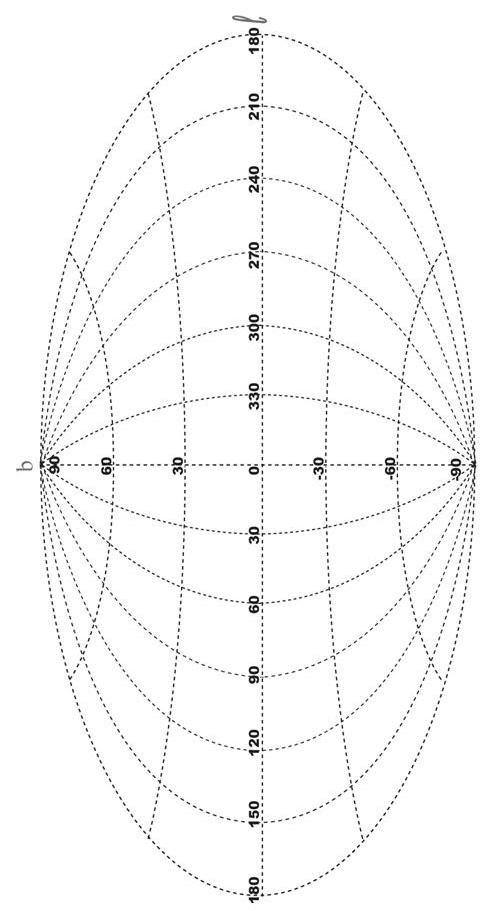Sorting Out the Cosmic Zoo
Student Worksheet
Name:_________________________
With a partner or two, examine the collection of 20 cards - each shows real data from a burst that was detected by a space-based X-ray or gamma-ray detector. On the front of each card is a plot of the burst itself, showing the number of photons detected vs. time (pay careful attention to the time scale on the x-axis of each plot). Your goal is to sort the objects on the cards into different groups based on their similarities.
The back of each card gives information about the following properties for each burst:
Position - latitude (b) and longitude (l) in Galactic coordinates of the burst
Peak Energy - the energy where the burst has the maximum number of photons
Optical Counterpart - what is seen in visible light at the position of the burst
Distance - the distance from the Earth to the burst in light years
Burst Repetition - how often the bursts are seen to recur, if they do recur. "None" means there is no repetition, and "N/A" means no information is available.
Spin or Orbital Period - either the spin period of the burster, or its binary orbital period if it is in a binary. "None" means there is no periodicity, and "N/A" means no information is available.
- Sort the bursts into different groups based on common properties. How many groups do you think there are? What properties do you think are the most useful for separating the groups?
- Plot the bursts in each group on the galactic latitude and longitude Aitoff map. Use a different symbol or color for each group; on the back of each card is space for you to draw the symbol you chose for that object. What can you say about the distribution of each group? Are the bursts in each group randomly located, or do they fall into a pattern on the sky?
- What is the average peak energy of the bursts in each group?
- What is the average distance from the Earth of the bursts in each group? Is there a lot of variation in the distances of the objects in each group, or are they all at about the same distance?
- What other properties do the members of each group have in common?
- Imagine you are an astronomer 20 years ago, and you have observed these objects. All you have are their locations in the sky, their peak energies, and the repetition rate. Do you think you could sort these objects into separate groups?



